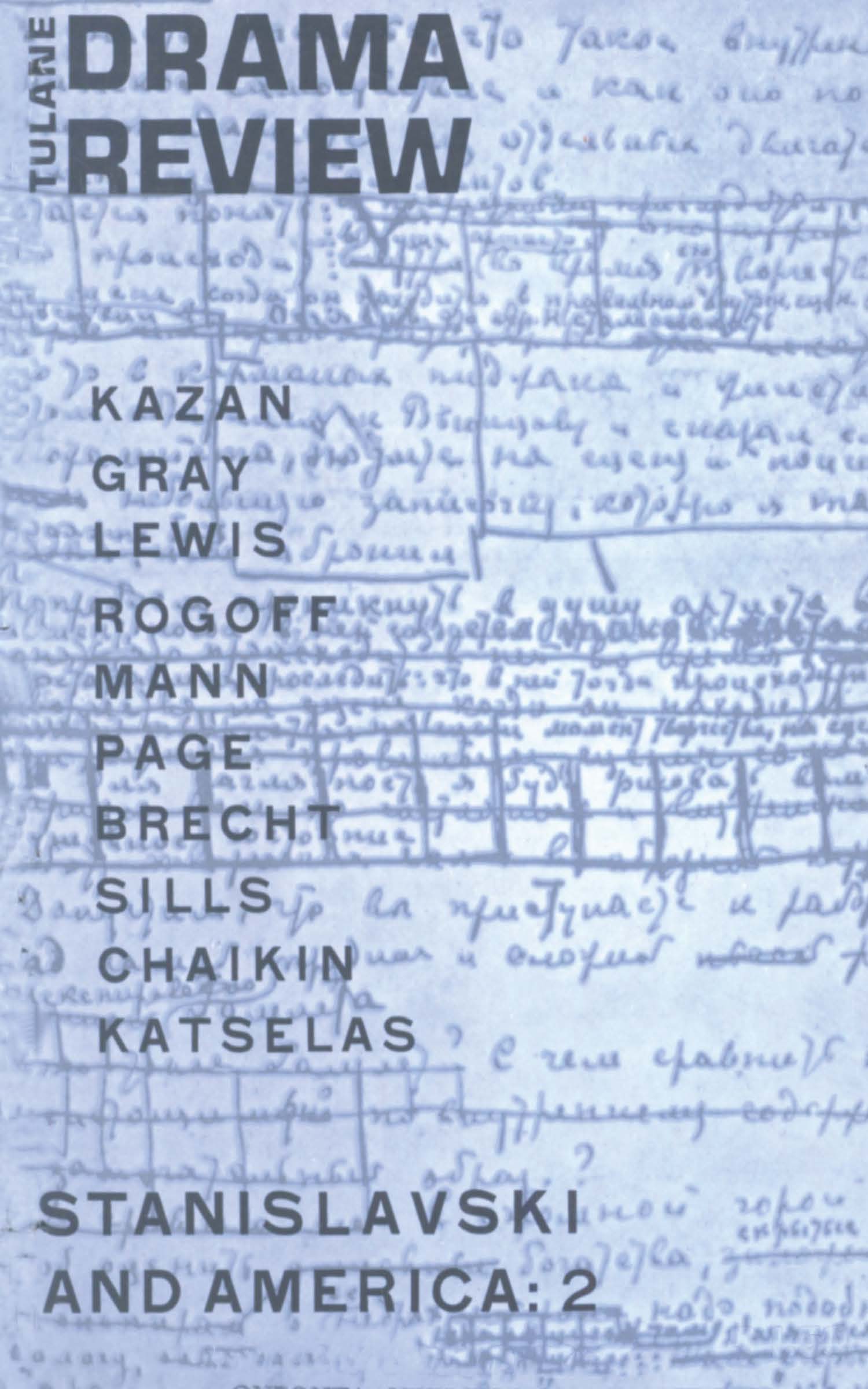Article contents
The Uses of Film in the New Theatre
Published online by Cambridge University Press: 23 November 2021
Extract
The film experience is not necessarily a single rectangle of light and shadow that flickers at one end of a darkened room. Call this “movies” or “cinema”—that archetypal dream world in which the spectator, seated in a near-foetal position, attempts to ignore the physical space, the other spectators, the projector's shifting beam, to concentrate on the images and the sounds that accompany them. Of course, the movies are a film experience—and a theatre experience—but the use of motion pictures is not so limited, and theatre is just beginning to realize the possibilities inherent in film.
For many years, motion pictures have been used as elements in staged drama—epic and “total” theatre, the “living newspaper,” etc. In 1941, Robert Edmund Jones foresaw “in the simultaneous use of the living actor and the talking picture…a wholly new theatrical art, whose possibilities are as infinite as those of speech itself.”
- Type
- Research Article
- Information
- Copyright
- Copyright © The Drama Review 1966
References
1 Jones, Robert Edmund, The Dramatic Imagination (New York: Theatre Arts Books, 1965), p. 17.Google Scholar
2 Ibid., p. 18.
3 For an example of an information structure based on neither chronology nor the verbal “frame” see The First and Second Wilderness, T30, pp. 94-100.
- 2
- Cited by


